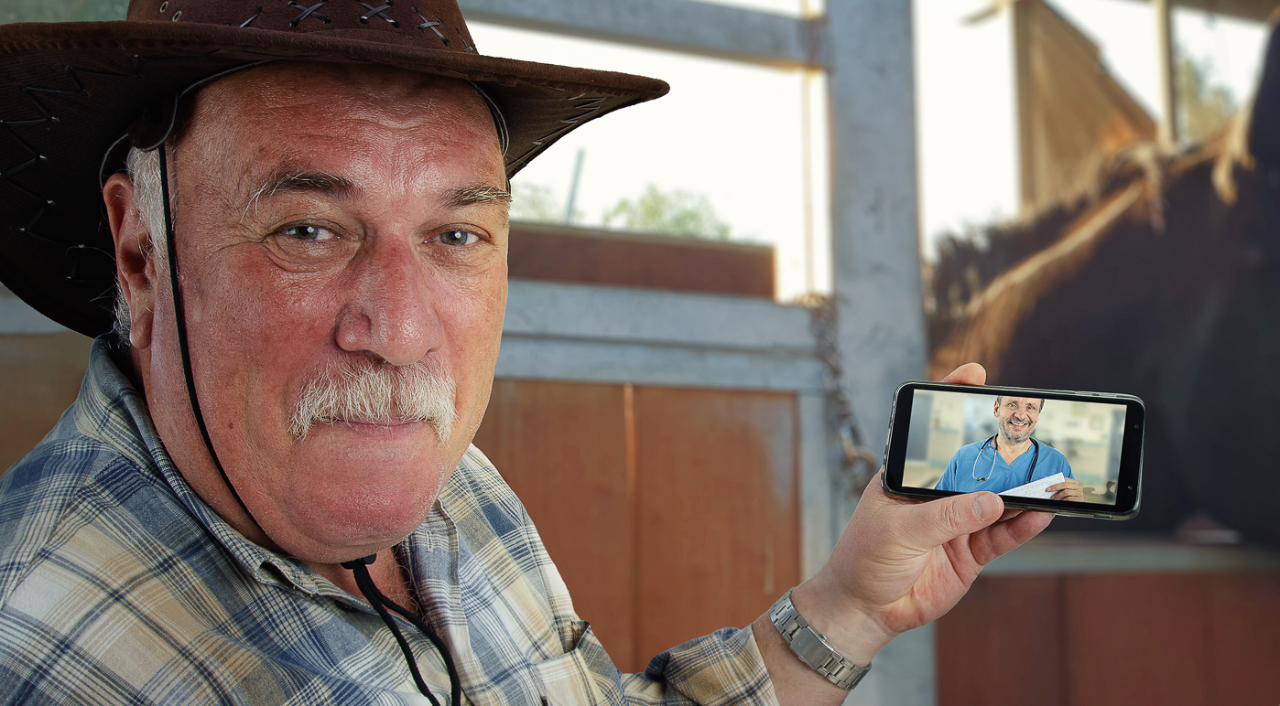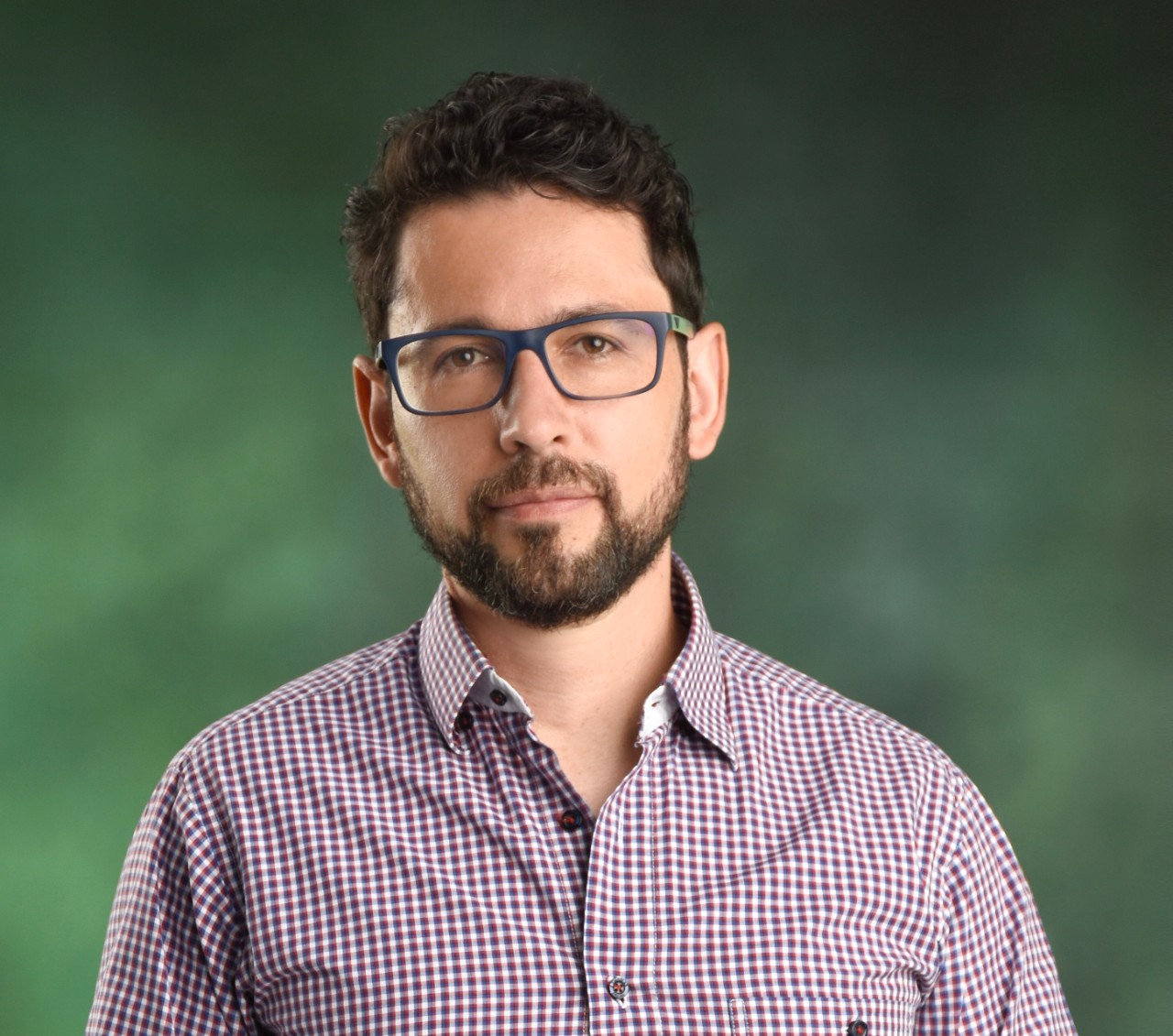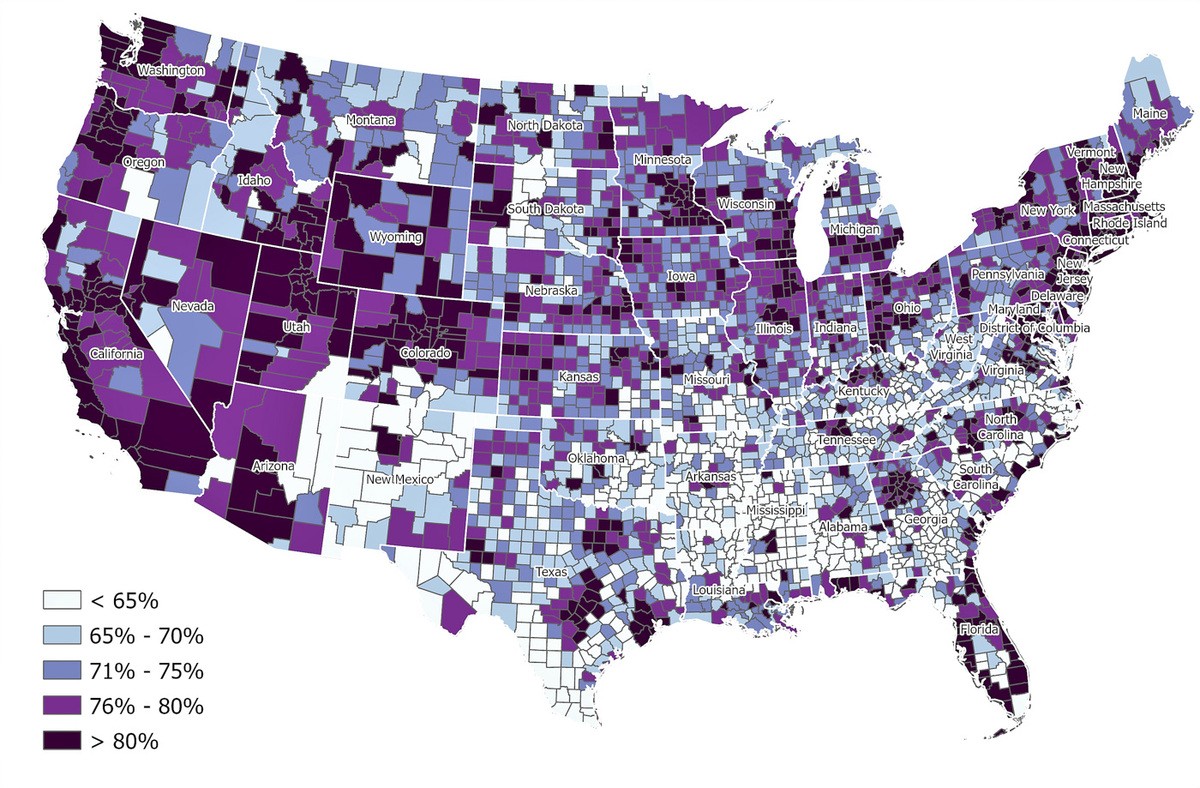
Narrowing the digital divide for health care
Rural America will see bigger disparities in health care as more services go online
Many parts of rural America with less access to health care also have limited broadband internet that could help them take advantage of increasingly popular online health services.
A new study by the University of Cincinnati highlighted disparities in access to digital technology that could widen the gap in access to health care. The study found that socially vulnerable communities in the United States face more barriers to adequate health care, live in areas with fewer health care resources and have less access to high-speed internet.

UC Associate Professor Diego Cuadros. Photo/Provided
UC researchers presented their findings this month at the American Association of Geographers’ annual conference in Denver.
The Biden Administration announced this month it will invest $73 million in outreach grants to provide affordable high-speed internet to more Americans. The program is designed to address a growing gap in access to health care created during the COVID-19 pandemic when providers began offering more health care services over the web.
UC researchers conducted a county-level data visualization and spatial analyses to assess the geospatial association between digital disparities and health care in the contiguous United States.
Study author and UC epidemiologist Diego Cuadros said patients need access to high-speed internet, computers or smartphones and familiarity with technology to use these systems comfortably so they can take advantage of the growing shift to telemedicine and online health services.
The digital divide is already here. But in the future, we’ll be even more reliant on these technologies, so that divide is only going to get bigger.
Diego Cuadros, UC College of Arts and Sciences
His previous research found disparities in easy access to health care across the United States. Many of these same areas have limited access to digital technology such as high-speed internet.
“The point is telehealth is not going to be useful to everybody. It will be extremely useful to people who already have good access to health care, but it's not going to be very useful to those who don't,” Cuadros said.
“The digital divide is already here. But in the future, we’ll be even more reliant on these technologies, so that divide is only going to get bigger,” he said.
Cuadros, an associate professor in UC’s College of Arts and Sciences, runs UC’s Digital Epidemiology Laboratory. He collaborated with University of Washington assistant professor of physiology and biophysics Claudia Moreno.
“The pandemic was a tipping point for us. These technologies are here to stay. That’s how we’ll experience a lot of aspects of our life, from education to relationships to health care,” Cuadros said.

High-speed internet coverage in the contiguous United States by county. White areas illustrate counties with broadband coverage less than 65% of the population. Darker purple areas illustrate the counties with more than 80% broadband coverage. Graphic/Diego Cuadros and Claudia Moreno
Gaps in broadband
While the United States is a global telecommunications leader, it does not even crack a list of the top 20 nations in terms of per capita wireless coverage, according to a 2023 Statista survey. That’s largely because it’s a large country in square miles, Moreno said.
“What was surprising was to see the strong correlation between the lack of broadband access and the socioeconomic and health care vulnerability of some regions,” Moreno said. “This association suggests that broadband coverage can act as an institutionalized inequity that needs to be addressed to help vulnerable communities.”
Moreno said while the pandemic served as a catalyst that pushed many people to adopt new ways of doing things, not everyone has made the same digital transition.
“The reality is that not everyone was thrilled with that option. Accessing telehealth is challenging for people that are not digitally literate or for people who do not own a smartphone or a computer,” she said. “Telehealth has a huge potential to help vulnerable communities, but if we really want to exploit this potential, the country needs to create policies and programs that increase access within these communities.”
Featured image at top: University of Cincinnati epidemiologist Diego Cuadros says the lack of available broadband internet in some parts of the United States will lead to gaps in health care access. Photo/aydinynr/iStockPhoto

UC College of Pharmacy student Kaitlin Kuznacic administers a COVID-19 vaccine during a drive-through clinic at UC Health in this 2021 file photo. Photo/Colleen Kelley/UC Marketing
Next Lives Here
The University of Cincinnati is leading public urban universities into a new era of innovation and impact. Our faculty, staff and students are saving lives, changing outcomes and bending the future in our city's direction. Next Lives Here.
Related Stories
Ancient Maya used sustainable farming, forestry for millennia
June 24, 2022
University of Cincinnati researchers found evidence of sustainable agriculture and forestry spanning a millennia in one ancient Mayan city.
Ancient Maya faced bane of urban sprawl, too
October 27, 2022
The ancient Maya’s Calakmul once was the biggest city in the Americas, full of apartment complexes, temples and shrines stretching across an area the size of Washington, D.C. New mapping tools are giving an international team of scientists their first complete look at the scale and complexity of the enormous metropolis hidden beneath centuries of rainforest.
Omicron hit rural America harder than cities
June 14, 2022
The omicron variant of COVID-19 spread most quickly in populated, urban areas in late 2021 and early 2022 but caused more fatalities in rural counties where vaccinations are lagging, according to an analysis by the University of Cincinnati. Researchers say COVID-19 exposed disparities in health care in rural America.
